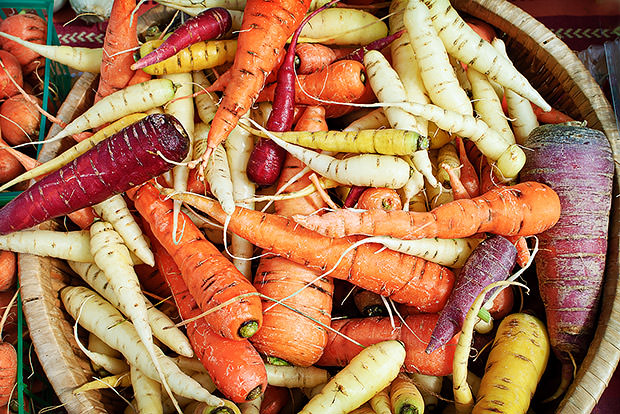
Full of Nutrients
Don't pass on root vegetables, thinking they are high-calorie and starchy. That is rarely the case. The following options are proof of the wide variety of nutrients available in root vegetables.
Jicama is a crisp and refreshing vegetable rich in fiber and vitamin C. It is often eaten raw, which helps to preserve its valuable vitamin C content.
Kohlrabi is a cruciferous vegetable that provides the same glucosinolates more commonly associated with broccoli and cauliflower. Glucosinolates have been found to protect against cancer.
Radishes are crunchy, spicy root vegetables rich in vitamin C. Like jicama, they are often eaten raw, preserving their vitamin content.
Rutabaga is often described as a sweeter, denser version of a turnip. It provides fiber, potassium, vitamin A, and vitamin C.
Parsnips have a similar shape and texture to carrots. They are a source of fiber, folate, and manganese.
Winter Access and Long Storage
As the temperatures drop in fall and winter, the availability of fresh foods can become limited. Root vegetables are an ideal option to keep your intake of fresh, nutritious produce going throughout the year. Most varieties also have an extended storage life, making stocking up easy so you can use them throughout the season. Root vegetables are best stored at 50 degrees Fahrenheit (10 °C) in a space with controlled humidity, such as a root cellar, garage, or basement.
Easy to Cook
Jicama and radishes have a crisp texture that is delicious when eaten raw. Try slicing them for salads or shred them to add to slaw. When sliced thick or cut into sticks, they also make good dippers for salsa, guacamole, and hummus.
Root vegetables like kohlrabi, rutabaga, and parsnips get sweeter when cooked. Chop them into equal pieces, toss with olive oil and spices, and roast at 400 degrees Fahrenheit (205 °C) for 30 to 40 minutes or until tender. Another option is to shred them and stir them into muffin and cake batters before baking. They can also be steamed until soft and then puréed into a mashed side dish.
Sources



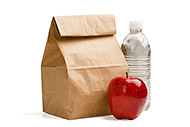 3 Healthy Lunches for Your Work Week
3 Healthy Lunches for Your Work Week
 5 Tips for Stretching Your Budget for Healthy Food
5 Tips for Stretching Your Budget for Healthy Food
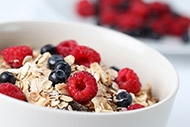 Best Ways to Reduce Added Sugar
Best Ways to Reduce Added Sugar
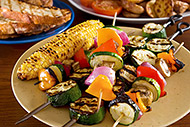 Healthy Tips to Lighten Up Picnic Foods
Healthy Tips to Lighten Up Picnic Foods
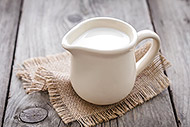 Do You Need to Drink Milk?
Do You Need to Drink Milk?
 Tips to Keep Track of Water Intake
Tips to Keep Track of Water Intake
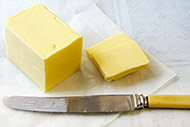 Butter vs. Margarine: What’s the Best Choice?
Butter vs. Margarine: What’s the Best Choice?
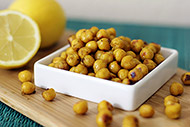 7 Good Mood Foods
7 Good Mood Foods

 Pinterest
Pinterest RSS Feed
RSS Feed